
Table of Contents
In the dynamic landscape of modern marketing, the question that often echoes through the corridors of businesses is: ‘How can we maintain a consistent, engaging, and personalized customer experience across multiple channels, 24/7?’ The answer lies in the harmonious integration of marketing automation, social media, email, and CRM
- an omnichannel strategy that is not just a buzzword, but a necessity in today’s digital age.
The purpose of this article, ‘Automation Synergy: Integrating Social Media, Email, and CRM for 24/7 Marketing Success’, is to guide you through the process of optimizing customer engagement by integrating these powerful tools. By the end of this read, you will have a clear understanding of how to create a seamless, always-on marketing machine that nurtures leads, delights customers, and drives growth.
But first, let’s agree on one thing: managing multiple marketing channels independently is like trying to play a symphony with each musician in a separate room. It’s chaotic, inefficient, and the music (your marketing efforts) suffers. Now, promise yourself that you’ll explore how integrating these channels can create a beautiful, harmonious melody that resonates with your audience.
According to a study by Forrester, companies with an omnichannel customer engagement strategy retain on average 89% of their customers, compared to 33% for companies with weak omnichannel engagement. Imagine the potential for your business if you could tap into that 56% difference!
So, what can you expect to learn in this article? We’ll delve into the art of marketing automation integration, exploring how to synchronize your social media, email, and CRM platforms to work together like a well-oiled marketing machine. We’ll also discuss strategies to optimize customer engagement, ensuring that your brand is always top of mind, even when your team is off the clock. So, are you ready to conduct your marketing symphony? Let’s dive in!
Seamless Integration for Omnichannel Customer Engagement
In today’s digitally-driven world, businesses are increasingly recognizing the importance of a seamless, cohesive customer experience across all touchpoints. This is where ‘Seamless Integration for Omnichannel Customer Engagement’ comes into play, transforming the way brands interact with their customers. Imagine a world where your favorite retail store greets you by name as you walk in, remembering your past purchases and offering personalized recommendations, all while you’re connected to their app on your phone. This isn’t science fiction; it’s the power of omnichannel engagement. By integrating various channels like in-store, online, mobile, social media, and more, businesses can create a unified, consistent, and highly personalized customer journey. This integration allows for real-time data sharing, enabling businesses to understand their customers better, anticipate their needs, and provide timely, relevant interactions. It’s like having a conversation with a good friend who knows you inside out, making each interaction meaningful and valuable. Moreover, seamless integration isn’t just about the customer experience; it also streamlines operations for businesses. By breaking down silos and centralizing data, teams can work more efficiently, share insights, and collaborate effectively. It’s a win-win situation that’s redefining customer engagement in the 21st century. So, are you ready to embrace the future of customer engagement and create a truly seamless, integrated experience?
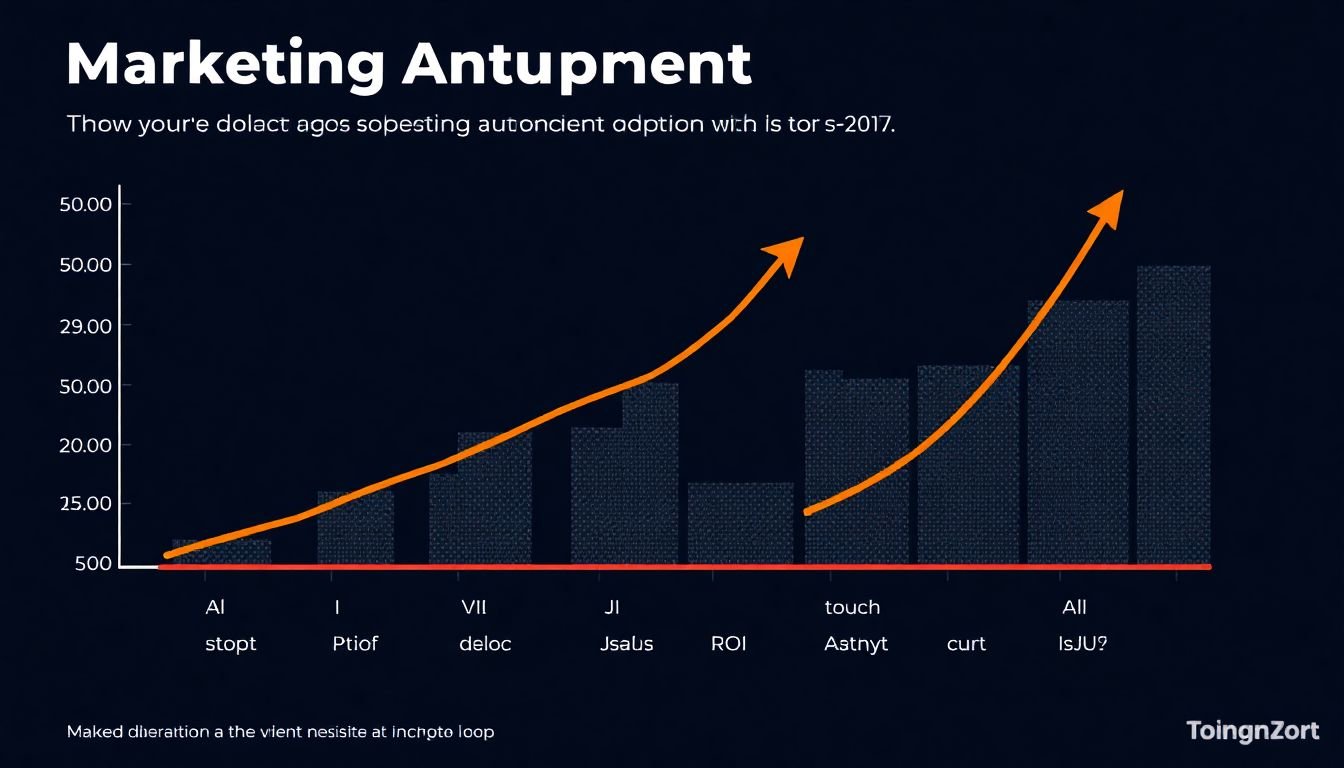
The Power of Marketing Automation Integration
In the dynamic digital landscape of today, marketing automation integration has emerged as a game-changer, transforming the way businesses engage with their audiences and streamline their marketing processes. At its core, marketing automation integration involves the synchronization of various marketing tools and platforms to create a seamless, automated workflow. This could entail anything from email marketing and social media management to CRM and analytics software.
The benefits of marketing automation integration are manifold and profound. Firstly, it significantly enhances efficiency by automating repetitive tasks, freeing up marketing teams to focus on strategy and creativity. Secondly, it facilitates a more cohesive and consistent customer experience by ensuring that all marketing channels are aligned and working in harmony. This integration also enables better data collection and analysis, providing valuable insights into customer behavior and preferences, and allowing for more targeted and effective marketing campaigns.
Moreover, marketing automation integration can revolutionize marketing strategies by enabling personalization at scale. With integrated data on customer preferences and behaviors, businesses can create tailored content that resonates with individual customers, leading to higher engagement and conversion rates. This level of personalization is not only beneficial for businesses but also for customers, who appreciate relevant and meaningful interactions.
To illustrate, let’s consider a simple example. A customer visits a website and expresses interest in a product. With marketing automation integration, this action can trigger a series of automated responses. The customer might receive a personalized email with related products, a social media ad reminding them of their interest, and a text message with a special offer. Each of these interactions is tailored to the customer’s behavior and preferences, creating a seamless and engaging customer journey.
In conclusion, marketing automation integration is not just a tool for efficiency, but a strategic approach that can revolutionize marketing strategies. In today’s digital landscape, where customers expect personalized and seamless experiences, marketing automation integration is not a luxury, but a necessity. It is the key to unlocking the full potential of marketing efforts, driving business growth and customer satisfaction.
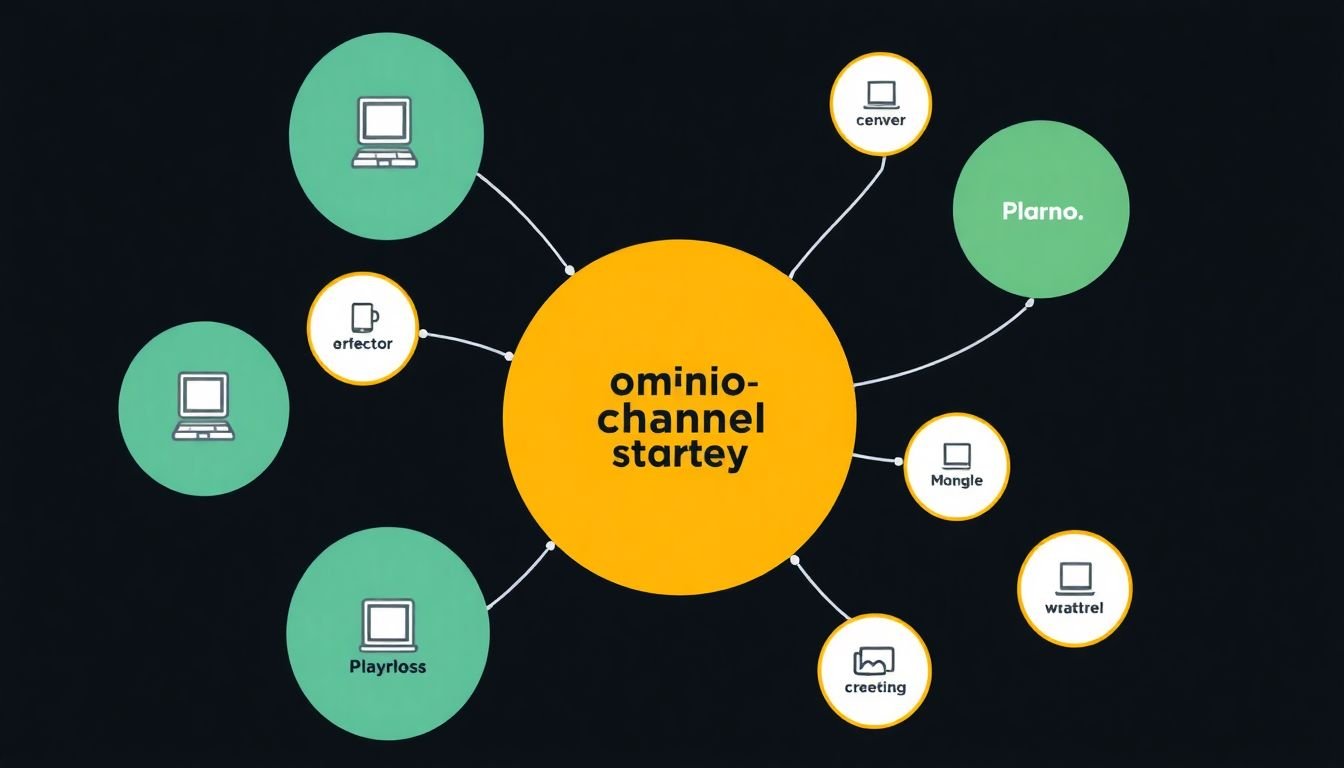
Understanding the Omnichannel Strategy
In the dynamic landscape of modern retail, the terms ‘omnichannel’, ‘multichannel’, and ‘cross-channel’ often circulate, each representing a distinct approach to customer engagement. Let’s delve into the concept of an omnichannel strategy, its differentiation from the other two, and how it enhances customer experience and drives engagement.
The multichannel approach, the most traditional of the three, involves customers interacting with a business through multiple channels, such as in-store, online, or via phone. However, these channels operate independently, with no integrated customer experience. Cross-channel, an evolution of multichannel, aims to provide a more cohesive customer journey by connecting these channels, but it often falls short in providing a seamless, unified experience.
Enter the omnichannel strategy, a holistic approach that integrates all channels to create a seamless, consistent customer experience. Unlike its predecessors, omnichannel doesn’t view channels as separate entities but as interconnected touchpoints that together create a unified brand experience. Here’s how it works:
- Customer-Centric: Omnichannel starts with the customer, understanding their preferences, behaviors, and needs. It then tailors the experience to meet these individual needs, rather than forcing customers to adapt to the business’s channels.
- Seamless Transition: With omnichannel, customers can switch between channels effortlessly. For instance, they might browse products online, then visit a physical store to try them on, and finally, purchase through the mobile app. The experience is smooth and continuous across all touchpoints.
- Data-Driven: Omnichannel leverages data to understand customer behavior and preferences. This data is used to personalize interactions, make product recommendations, and optimize the customer journey.
By providing a consistent, personalized, and seamless customer experience, an omnichannel strategy enhances customer satisfaction, loyalty, and ultimately, drives engagement and sales. It’s not just about being present where customers are; it’s about creating a cohesive, integrated experience that truly resonates with them.

The Role of Social Media in Omnichannel Marketing
In the dynamic landscape of modern marketing, social media has emerged as a powerhouse, playing an indispensable role in omnichannel strategies. Omnichannel marketing, a holistic approach that provides a seamless customer experience across multiple platforms, has social media as one of its cornerstones. This isn’t just about being present on various social media platforms; it’s about integrating social media with other channels, notably email and Customer Relationship Management (CRM) systems, to create a cohesive and engaging customer journey.
Integrating social media with email marketing is a strategic move that amplifies the impact of both channels. By sharing engaging content from social media platforms in email newsletters, businesses can increase click-through rates and drive more traffic to their social media profiles. Conversely, social media can be used to promote email sign-ups, growing the email marketing list. Moreover, social media can provide valuable insights into customer preferences, enabling businesses to segment their email lists more effectively.
CRM integration is another critical aspect of this equation. Social media data can be fed into CRM systems, providing a 360-degree view of the customer. This includes their social media activity, preferences, and interactions with the brand. With this data, businesses can personalize their marketing efforts, anticipate customer needs, and provide timely, relevant support. For instance, a customer service representative can see a customer’s recent tweets about a product issue and proactively reach out to resolve the problem.
In essence, social media isn’t just a standalone channel in an omnichannel strategy; it’s a bridge that connects and enhances other channels. It’s about creating a seamless, integrated customer experience that meets customers where they are, with the information they need, when they need it. It’s about turning customers into advocates, and advocates into a powerful marketing force.

Email Marketing: The Backbone of Omnichannel Strategy
In the dynamic landscape of modern marketing, an omnichannel strategy has emerged as the gold standard, aiming to provide a seamless and consistent customer experience across various platforms. At the heart of this approach lies email marketing, a tried-and-true tactic that continues to prove its significance in today’s digital age.
Email marketing serves as the backbone of an omnichannel strategy, primarily due to its unparalleled ability to personalize and target communications. Unlike other channels that may have limitations or require constant user engagement, email allows businesses to reach customers directly, regardless of whether they’re active on other platforms or not.
Integrating email marketing with social media is a powerful step in an omnichannel strategy. By leveraging social media data, emails can be tailored to reflect customers’ interests and behaviors, increasing the likelihood of engagement. For instance, emails can include product recommendations based on social media activity, or promote content shared on social platforms. Conversely, social media can be used to amplify email content, extending its reach and encouraging sharing.
Another crucial integration is with Customer Relationship Management (CRM) systems. By syncing email marketing with CRM, businesses can gain a holistic view of customer interactions, enabling more targeted and effective campaigns. Here’s how it works:
- CRM data helps segment email lists, ensuring the right message reaches the right audience.
- Email engagement data (opens, clicks, conversions) can be fed back into the CRM, updating customer profiles and informing future interactions.
- Email marketing can be used to nurture leads generated through other channels, moving them through the sales funnel.
In essence, email marketing is not just a standalone tactic, but a vital component that connects and amplifies other channels in an omnichannel strategy. By integrating email with social media and CRM, businesses can deliver personalized, targeted, and consistent customer experiences that drive results.
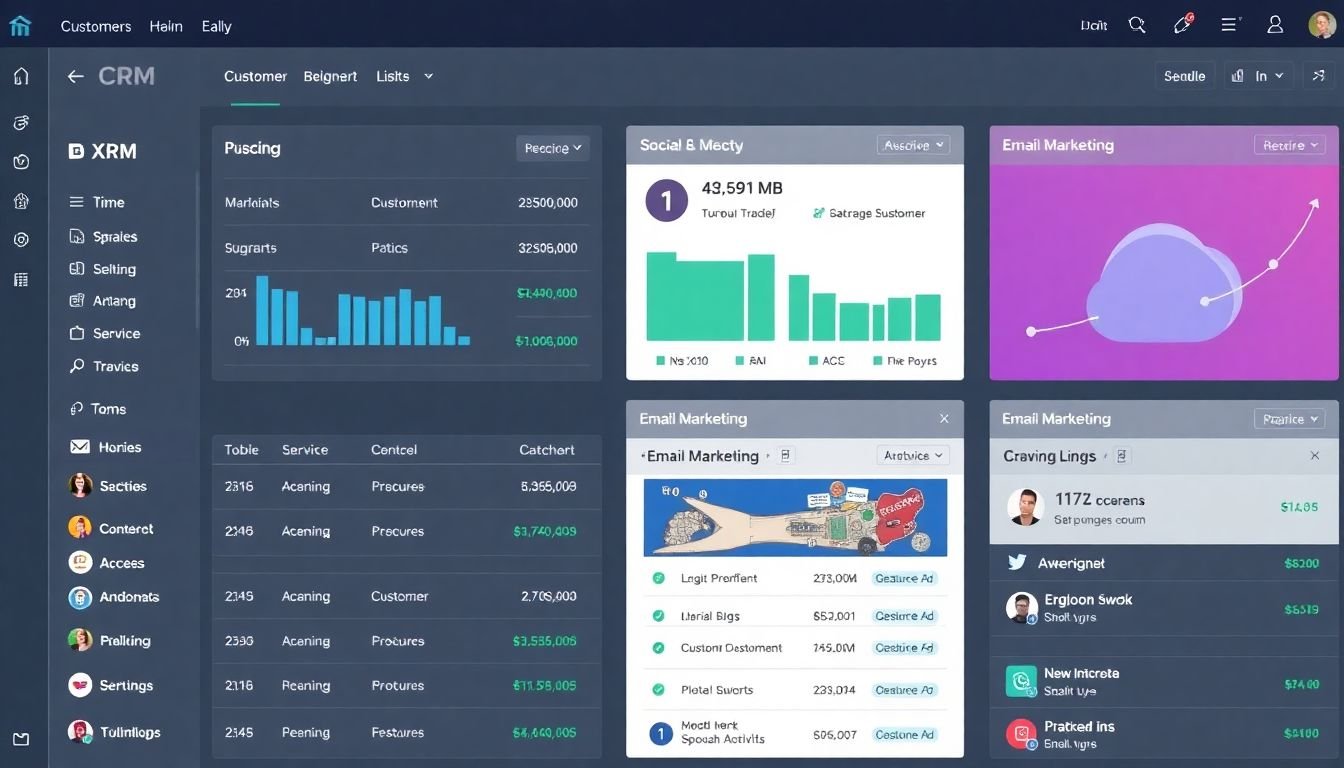
CRM Integration: The Key to Seamless Customer Engagement
In the dynamic landscape of modern business, customer relationship management (CRM) has evolved from a mere contact database to a powerful, multifaceted tool that drives customer engagement. At the heart of this transformation lies CRM integration, a key strategy that unlocks the full potential of customer data across various channels.
CRM integration, when seamlessly executed, becomes the backbone of an effective omnichannel strategy. It bridges the gap between different customer touchpoints, providing a holistic view of customer interactions and preferences. By integrating CRM with social media and email marketing platforms, businesses can harness the power of data to create personalized, timely, and relevant customer experiences.
Let’s delve into how CRM integration enhances social media and email marketing efforts, thereby improving customer engagement.
Enhancing Social Media Marketing:
CRM integration allows businesses to sync customer data with their social media platforms. This enables targeted advertising, where ads are shown to customers based on their interests, behaviors, and past interactions. For instance, a customer who has shown interest in a particular product can be retargeted with ads showcasing similar or complementary products. Moreover, integrated CRM data can provide valuable insights into customer sentiment, helping businesses to refine their social media strategy and improve customer engagement.
Boosting Email Marketing Effectiveness:
CRM integration can significantly boost the effectiveness of email marketing campaigns. By syncing customer data, businesses can segment their email lists based on various parameters such as demographics, purchase history, and engagement levels. This allows for highly personalized email content, increasing the likelihood of customer engagement. Additionally, integrated CRM data can provide real-time analytics, enabling businesses to track email performance and make data-driven decisions to optimize their campaigns.
In essence, CRM integration is not just about data management; it’s about creating a seamless, cohesive customer experience that transcends channels. By integrating CRM with social media and email marketing platforms, businesses can engage customers in a more meaningful, personalized, and effective way.
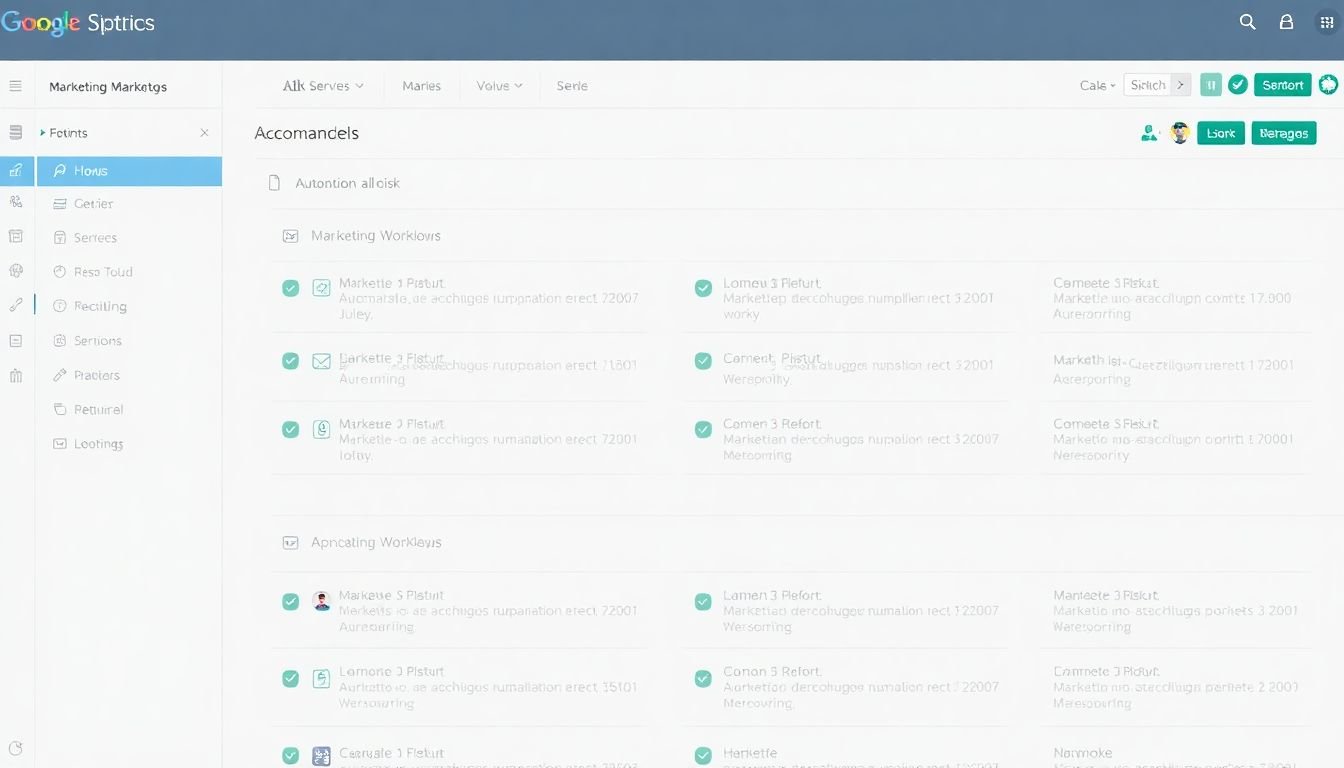
Automating Customer Engagement: Drip Campaigns and Beyond
In the dynamic world of customer engagement, automation has emerged as a powerful tool, enabling businesses to nurture relationships at scale. One of the most fundamental automation techniques is the drip campaign, a series of pre-written messages sent to customers at predetermined intervals. Imagine it as a gentle rain, consistently watering your customer relationships, ensuring they never feel neglected or forgotten. Drip campaigns can be implemented across various platforms, from email to social media, each with its unique charm and reach.
Email drip campaigns, for instance, are excellent for sharing valuable content, like blog posts or industry news, keeping customers informed and engaged. On the other hand, social media drip campaigns can be used to share quick updates, promotions, or behind-the-scenes glimpses, humanizing your brand and fostering a sense of community.
But automation isn’t just about sending messages; it’s also about understanding and responding to customer behavior. This is where lead scoring and behavioral targeting come into play. Lead scoring involves assigning points to customers based on their interactions with your brand, helping you identify high-potential leads. It’s like giving each customer a unique scorecard, tracking their engagement and interest.
Behavioral targeting, on the other hand, involves using customer data to deliver personalized content. It’s like having a crystal ball that shows you exactly what each customer wants to see. By understanding and responding to customer behavior, you can create a more meaningful and engaging customer experience.
To implement these techniques, CRM (Customer Relationship Management) systems are invaluable. They allow you to centralize customer data, track interactions, and automate responses. Here’s a simple breakdown of how you can use these techniques in your CRM:
-
Drip Campaigns:
- Set up automated workflows that trigger messages based on specific customer actions or timelines.
Lead Scoring:
- Create a scoring model that assigns points to customers based on their interactions, helping you prioritize high-value leads.
Behavioral Targeting:
Use customer data to segment your audience and deliver personalized content through targeted campaigns.

Measuring Success: KPIs for Omnichannel Marketing
Measuring the success of an omnichannel marketing strategy is a multifaceted task that requires a holistic approach. Key Performance Indicators (KPIs) serve as the compass guiding this journey, helping marketers navigate the complex landscape of social media, email, and CRM platforms. Let’s delve into the crucial KPIs and how to track them across these channels.
Firstly, understanding customer engagement is paramount. Across social media, track metrics like reach, impressions, clicks, shares, and comments. These KPIs provide insights into the visibility and impact of your content. For instance, on platforms like Facebook and Instagram, use their built-in analytics tools to monitor these metrics.
Email marketing, another vital channel, should be measured using open rates, click-through rates (CTR), conversion rates, and bounce rates. These KPIs help evaluate the effectiveness of your email content and list quality. Most email marketing platforms, such as Mailchimp or Constant Contact, offer robust analytics features to track these metrics.
Customer Relationship Management (CRM) platforms like Salesforce or HubSpot allow you to track customer interactions and sales performance. KPIs to monitor here include sales qualified leads (SQLs), marketing qualified leads (MQLs), lead conversion rates, and customer lifetime value (CLV). These metrics help assess the ROI of your marketing efforts and the health of your sales pipeline.
To truly measure the success of an omnichannel strategy, it’s essential to track the customer journey across these platforms. Use tools like Google Analytics to monitor user behavior, track conversions, and understand the path to purchase. Additionally, consider tracking KPIs like customer satisfaction (CSAT) and net promoter score (NPS) to gauge customer loyalty and advocacy.
In conclusion, measuring success in omnichannel marketing involves a blend of quantitative and qualitative KPIs, tracked across various platforms. Regularly reviewing and optimizing these KPIs will help refine your strategy, improve customer engagement, and drive business growth.
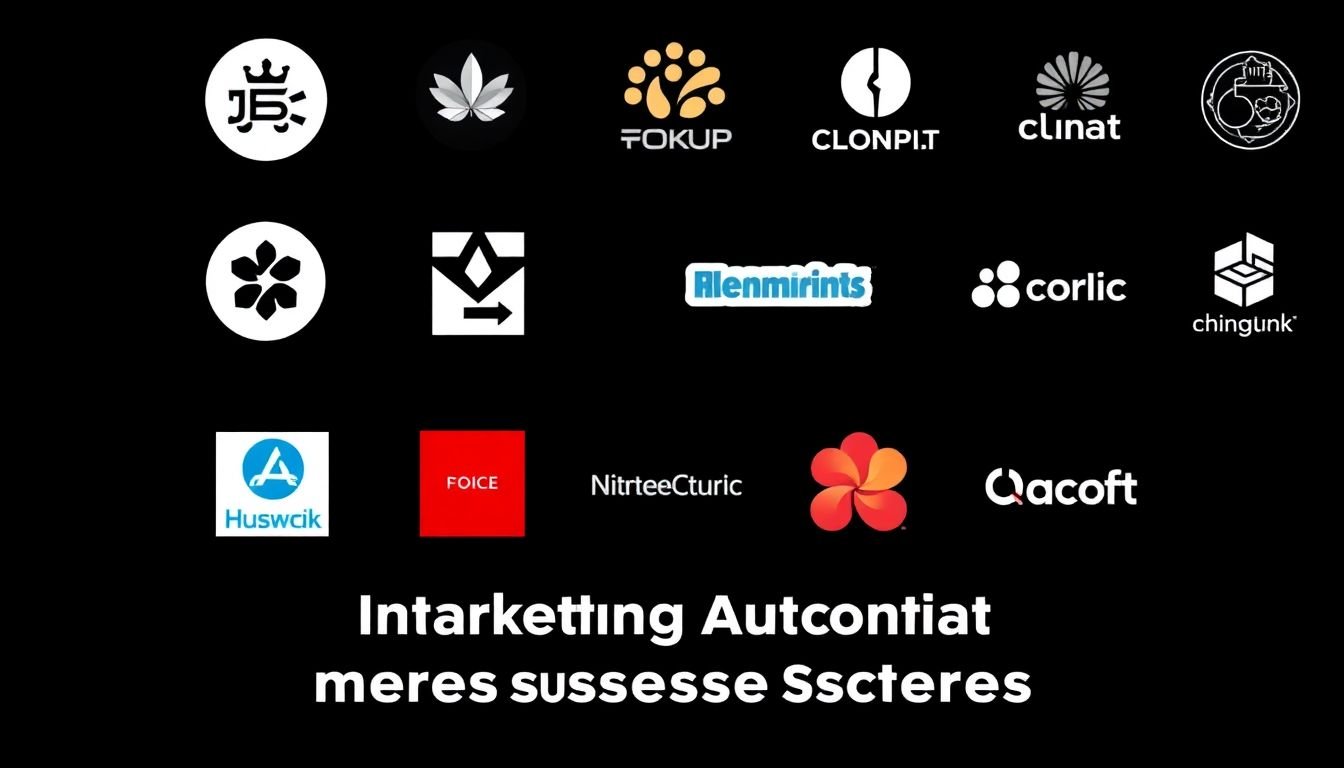
Case Studies: Brands Thriving with Integrated Marketing Automation
In the dynamic landscape of modern business, integrated marketing automation has emerged as a game-changer, enabling brands to streamline processes, enhance customer experiences, and drive growth. Let’s delve into the success stories of three brands that have masterfully implemented integrated marketing automation strategies, overcoming challenges and reaping remarkable results.
The first brand, a leading e-commerce retailer, faced a daunting challenge: managing a vast customer base with personalized communications across multiple channels. Their solution? A robust marketing automation platform that integrated seamlessly with their CRM and e-commerce platforms. This allowed them to automate targeted email campaigns, SMS notifications, and social media posts, all driven by real-time customer data. The results were astounding: a 35% increase in open rates, a 28% boost in click-through rates, and a significant improvement in customer lifetime value.
Next, consider a global fast-food chain struggling to maintain brand consistency across hundreds of franchise locations. Their integrated marketing automation solution involved a centralized platform that provided approved content and campaigns to each location, while allowing for local customization. This ensured brand uniformity while empowering franchisees to engage with their local communities. The outcome? A 25% increase in local marketing effectiveness and a 15% rise in sales.
Lastly, a prominent financial services institution sought to enhance customer onboarding and retention through automated, personalized journeys. Their integrated solution combined data from various sources to create tailored communications, guiding new customers through the onboarding process and keeping existing ones engaged. The results spoke volumes: a 40% increase in customer satisfaction scores, a 35% boost in customer retention rates, and a significant reduction in churn.
These case studies illustrate the power of integrated marketing automation. By overcoming challenges and implementing innovative solutions, these brands have not only improved their marketing efforts but also strengthened their relationships with customers, driving business growth in the process.
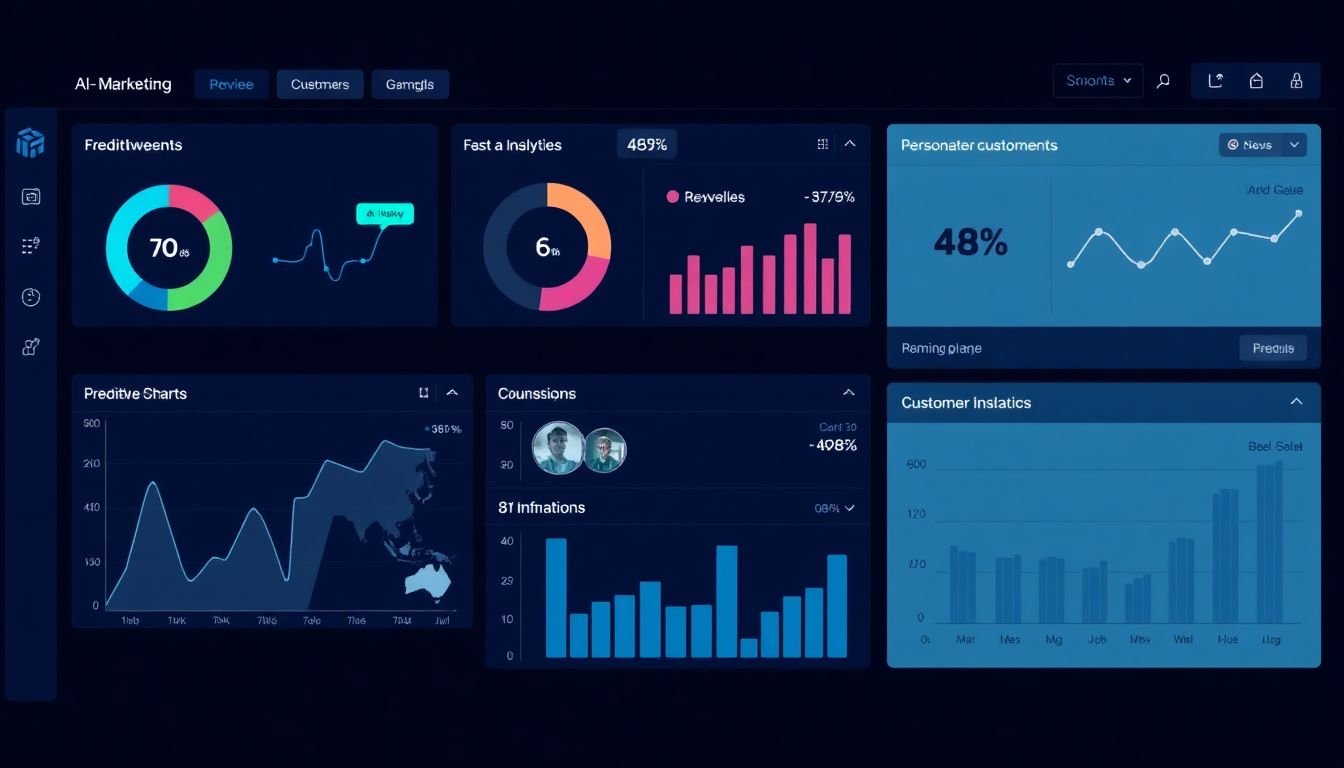
The Future of Marketing: AI and Machine Learning in Omnichannel Strategy
In the dynamic landscape of modern marketing, the future is being sculpted by the fusion of artificial intelligence (AI) and machine learning (ML) with omnichannel strategies. Omnichannel marketing, a holistic approach that creates an integrated and cohesive customer experience across all touchpoints, is set to be revolutionized by these cutting-edge technologies.
The marriage of AI and ML with omnichannel strategies promises to enhance customer engagement and personalization to unprecedented levels. AI and ML can analyze vast amounts of data, understanding customer behavior, preferences, and needs with an accuracy and depth that eludes human analysts. This understanding can then be translated into tailored, real-time experiences across all channels, from social media and email to in-store interactions and mobile apps.
Imagine a future where AI-driven chatbots engage customers in natural, conversational language, learning and adapting to their preferences with each interaction. Picture ML algorithms predicting customer needs before they even arise, triggering personalized offers and recommendations across multiple channels. This is not science fiction; it’s the future of marketing that AI and ML are helping to shape.
But how do we get there? Here are some steps:
- First, businesses need to invest in robust data collection and management systems. AI and ML rely on data, and the quality and quantity of data will significantly impact their effectiveness.
- Second, businesses should explore and implement AI and ML tools that align with their specific marketing goals and customer needs. This could range from predictive analytics to natural language processing (NLP) tools.
- Third, businesses must ensure their omnichannel strategy is integrated and cohesive. AI and ML can provide powerful insights and personalization, but these will only translate into meaningful customer experiences if the channels are aligned and working together.
In conclusion, the future of marketing lies in the symbiotic relationship between AI, ML, and omnichannel strategies. By embracing these technologies and integrating them into their marketing strategies, businesses can unlock new levels of customer engagement and personalization, driving growth and success in the digital age.
FAQ
What is the significance of integrating social media, email, and CRM in marketing automation?
How does marketing automation integration improve customer engagement?
What are the key benefits of an omnichannel strategy in marketing automation?
How can I effectively integrate my social media platforms with my CRM?
What kind of data should I sync between my email marketing platform and CRM?
How can I optimize my marketing automation workflows for better results?
- segment your audience based on demographics, behavior, and interests,
- create targeted content for each segment,
- set up triggers and actions for automated communication,
- regularly review and analyze workflow performance,
- and make data-driven adjustments to improve results.
How can I ensure data privacy and compliance when integrating marketing automation tools?
- familiarize yourself with relevant data protection regulations, such as GDPR, CAN-SPAM, and CCPA,
- obtain explicit consent from customers before collecting and using their data,
- implement robust data security measures to protect customer information,
- regularly review and update your privacy policy,
- and ensure that all integrated tools are compliant with relevant regulations.